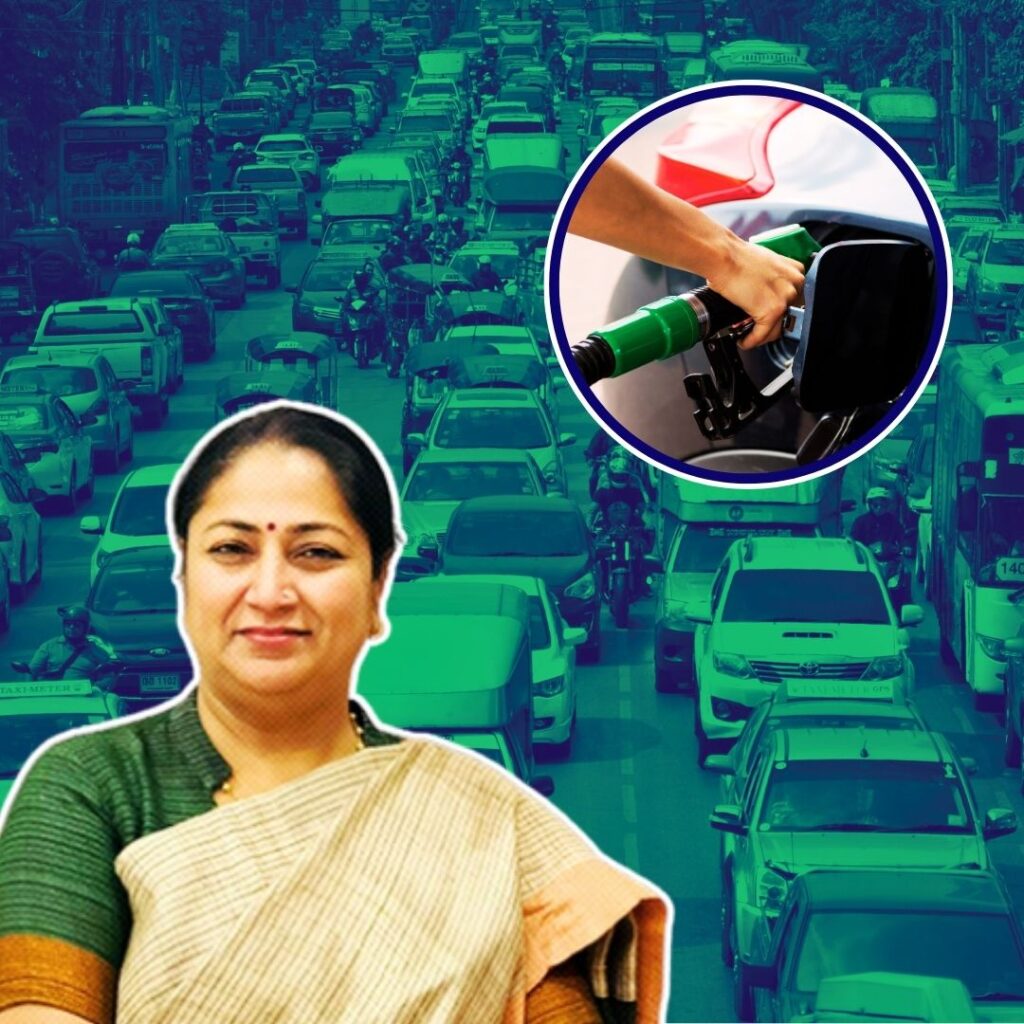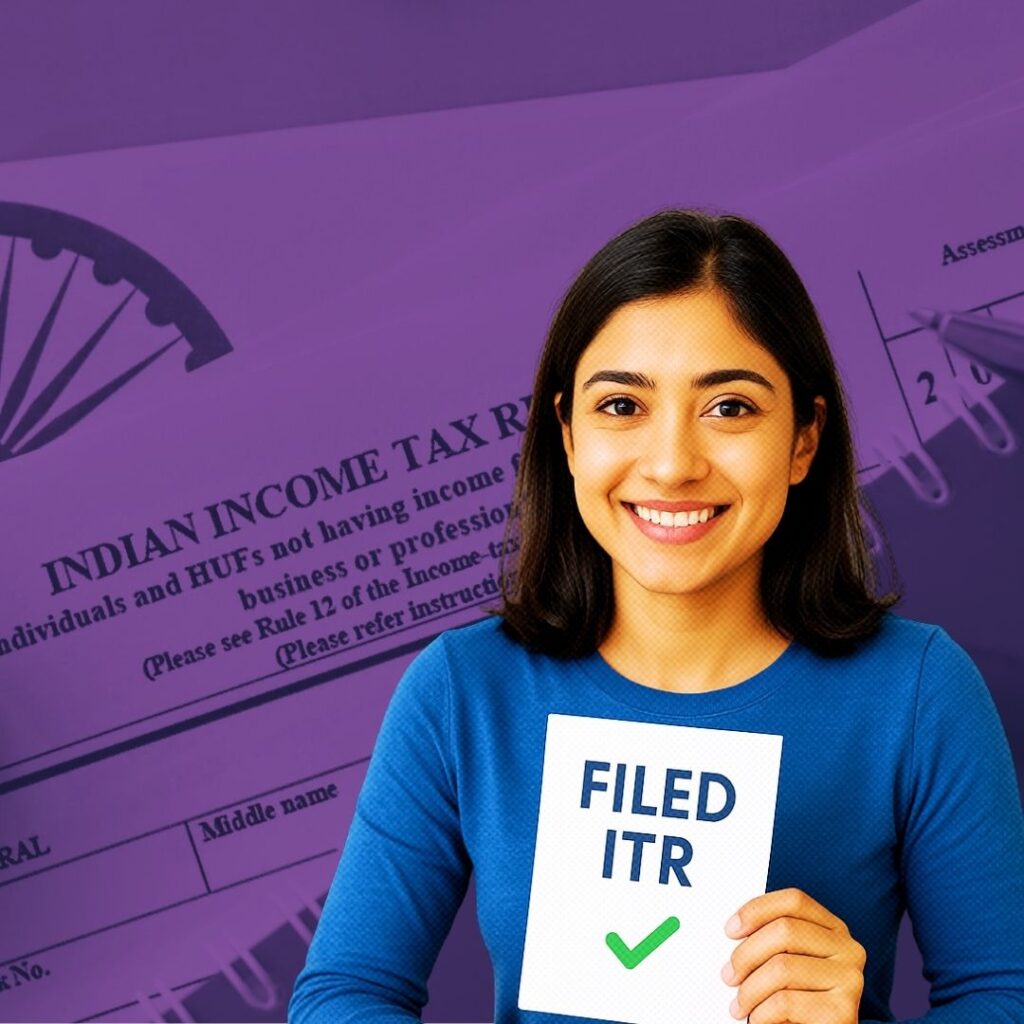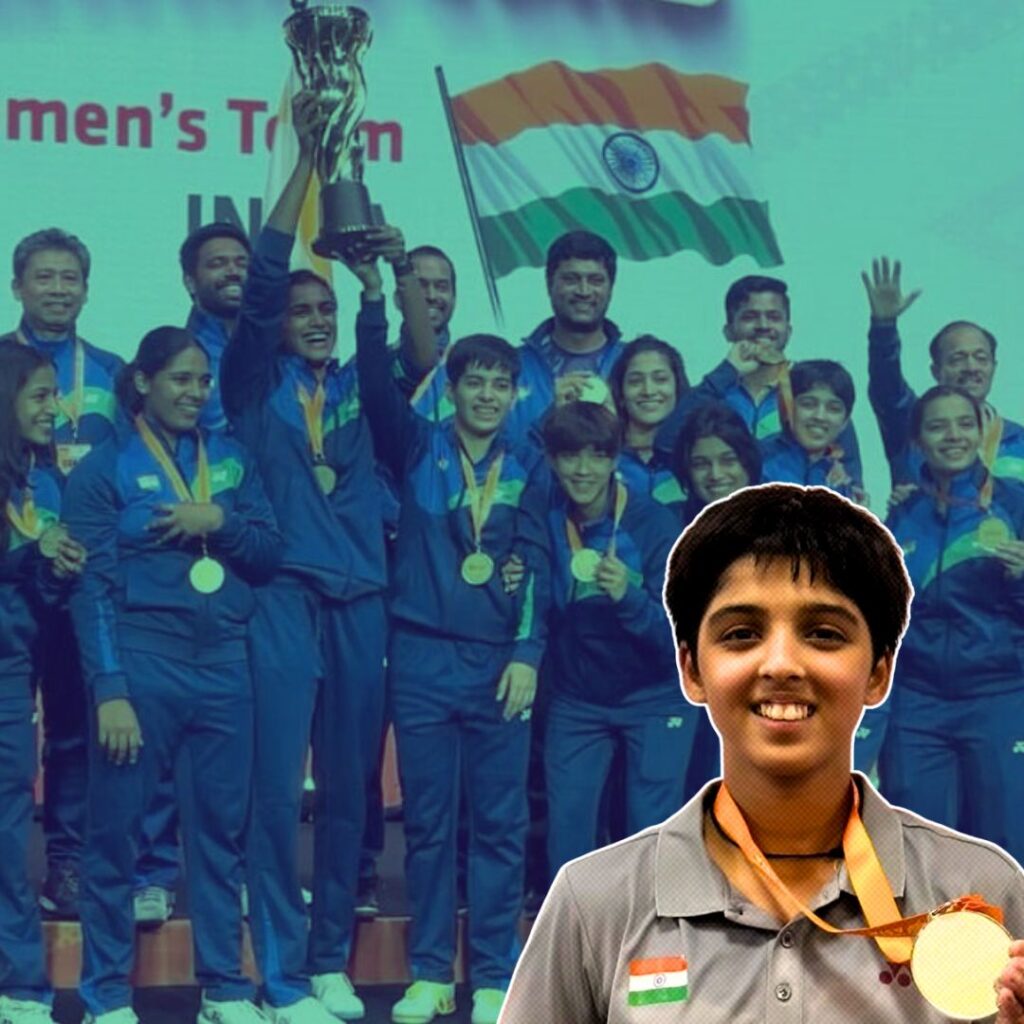The much awaited Intellectual Property Rights (IPR) Policy is here. Unveiled this Friday, the policy aims at increasing IPR outreach, speeding up approvals, enhancing commercialization and enforcing norms. With a promising slogan “Creative India, Innovative India”, the policy lays down roadmap for Indian IP regime.
Here is all that you need to know about the provisions and their anticipated impact:
IPR Policy 2016:
Structure Dept of Industrial Policy & Promotion (DIPP) will be the nodal agency for co-ordination of all IP related activities. However, the actual implementation will rest on the respective ministry/department. The Copyright Act 1957 and Semiconductor Integrated Circuit Design Act 2000 will be brought under DIPP. (As of now, Copyright Act is under Dept. of Higher Education, MHRD while Semiconductor IC Design is under Dept of Electronics and Information Technology, MCIT)
Traditional Knowledge Customizing IPR programs for various sectors and reaching out to traditional knowledge holders. IP protection of traditional knowledge is important given the utility of ancient wisdom and is significant in context of promotion of traditional AYUSH medical systems by the govt. Last year, You You Tu of China received Medicine Nobel for discovery of anti-malaria drug ‘Artemisinin’ using ancient texts and knowledge.
IPR in curriculum Making IPR compulsory at major national institutes and also spelt out the need for a national research institute on IPR. The current scenario of study on IPR in Indian institutes is very low. Research on IPR in universities will go a long way in expanding and developing IP regime and its benefits in India.
Indigenous products Develop indigenous products to offset growing foreign dependence. This is very significant and aims to make India self-sufficient in terms of design and technology of at least highly important domains like medicines and defence. Over-dependence on foreign nation for such sectors makes us vulnerable.
Waiting time Reducing average time required for clearing pending IPR applications to 18 months, including time for registering trademarks to 1 month by 2017. Currently, the former takes around 5-7 years and the latter 13 months. Moreover, around 2.5 Lakh applications are pending for approval. This has cost us dearly in terms of hampering “Ease of Doing Business”. Reduction of waiting time will surely incentivize companies and individuals to go for patenting.
Social Sectors Enhancing access to healthcare, food security and environment by leveraging IPR. This should bring in substantial research in the mentioned fields and eventually providing affordable and efficient solutions to problem faced in the given sectors.
Entrepreneurs Tax incentives to boost R&D, creation of a loan guarantee scheme to encourage start-ups and covering the risk of genuine failures in commercialization based on IPRs as mortgageable assets This will encourage risk-taking by entrepreneurs. Start-ups and small entrepreneurs are definitely going to benefit which will ultimately transmit to the masses.
Piracy Creating cells at state level to look into IP offences and curbing film piracy by amending Indian cinematography Act 1952. The US alone reports a loss of 3 billion USD annually due to pirated film material in India, exposing the gravity of the prevailing situaltion
Evergreening The policy has retained Section 3(d) of Patents Act 1970, which stops evergreening of patents. Evergreening refers to a variety of strategies by which producers extend their patents that are about to expire. This is done in order to retain royalties from the products. Companies (especially the pharma ones) often resort to miniscule and insignificant change in the product design and thus claim extension for patent. This has hurt prices of essential drugs in India. However, Section 3(d) aims to curtail this practice. As per Section 3(d), apart from novelty and inventive step, improvement in therapeutic efficacy is also a necessary condition.
Compulsory Licensing Other provision related to Compulsory Licensing (CL) also remains. Under CL, the govt. allows someone else to produce a patented product without the consent of the patent owner. The govt. gives due royalty to the patent owner. This practice is followed in underdeveloped and developing countries like India to provide for affordable medicines for poor.
These two provisions have been a source of contention between India and some developed nations (particularly the US).
The Logical Indian Take
The policy, while adhering to WTO provisions, also balances it with our essential concerns like food security and affordable drugs availability. Few of the experts are of critical opinion and feel it could pose a “serious” hurdle to allowing access to affordable drugs and the South Asian nation missed a chance to put in place a progressive policy, according to experts. Hopes are high that it should result in greater patenting and their…











